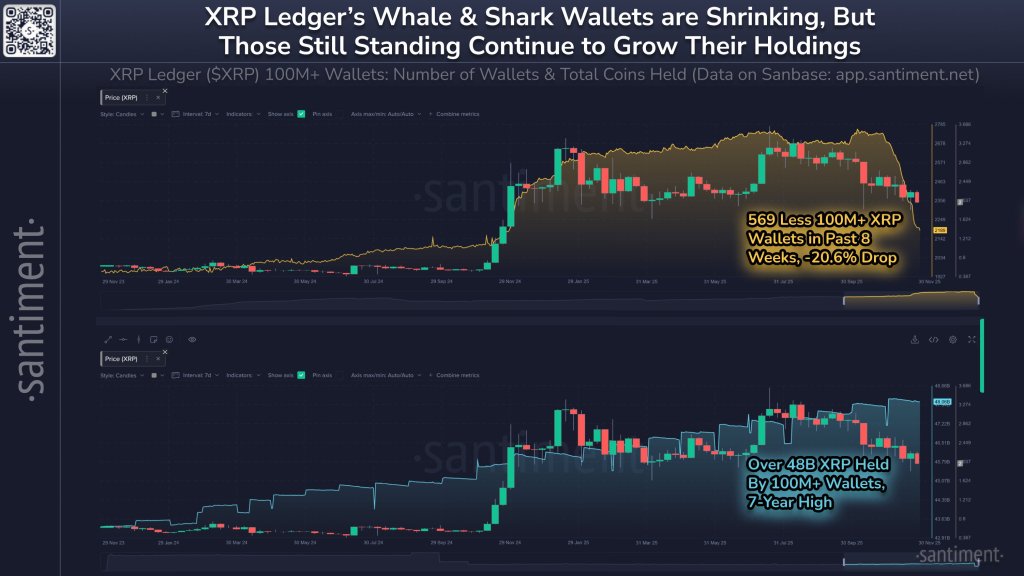
ETPs vs. ETFs: Key Differences, Benefits, and Investment Strategies
Understanding ETPs and ETFs
In the world of investing, financial products continue to evolve, offering investors various ways to diversify their portfolios and manage risks. Two commonly discussed investment vehicles are Exchange-Traded Products (ETPs) and Exchange-Traded Funds (ETFs). While these terms are often used interchangeably, they are not the same. Understanding their differences is crucial for making informed investment decisions.
What Sets ETPs Apart from ETFs?
The primary distinction between ETPs and ETFs lies in their structure and scope:
- Exchange-Traded Products (ETPs): This is an umbrella term for investment instruments traded on stock exchanges. It includes ETFs, Exchange-Traded Notes (ETNs), and Exchange-Traded Commodities (ETCs).
- Exchange-Traded Funds (ETFs): A subset of ETPs that hold physical assets like stocks, bonds, or cryptocurrencies and function as a pooled investment vehicle.
In simple terms, all ETFs are ETPs, but not all ETPs are ETFs.
Types of ETPs and Their Characteristics
1. Exchange-Traded Funds (ETFs)
ETFs are diversified funds that hold a basket of assets, such as stocks, bonds, or even cryptocurrencies. Investors can trade ETFs throughout the day like individual stocks. These funds are popular due to their low expense ratios, diversification, and tax efficiency.
Example: An S&P 500 ETF provides exposure to the top 500 U.S. companies, while a Bitcoin ETF allows investors to gain exposure to Bitcoin without directly holding the asset.
2. Exchange-Traded Notes (ETNs)
ETNs are structured as debt securities issued by financial institutions. They track an index or an asset’s performance but do not hold the underlying asset.
Example: A crypto ETN may track Bitcoin’s price but does not own actual Bitcoin. The major risk here is the issuer’s creditworthiness—if the bank issuing the ETN defaults, investors may lose their money.
3. Exchange-Traded Commodities (ETCs)
ETCs focus on physical commodities like gold, silver, or oil. Unlike ETFs, which may track a mix of assets, ETCs are specifically tied to a single commodity.
Example: A gold ETC is backed by physical gold stored in vaults, providing an alternative to directly holding gold.
4. Leveraged and Inverse ETPs
These products use derivatives to amplify returns or benefit from declining markets. Leveraged ETPs aim to magnify gains (and losses), while inverse ETPs increase in value when the underlying asset declines.
Example: A 3x Nasdaq ETF aims to triple the Nasdaq index’s daily movements, making it attractive for short-term traders.
Comparing ETFs, ETNs, and ETCs
| Feature | ETFs | ETNs | ETCs |
| Holds Physical Assets? | Yes | No | Yes (for commodities) |
| Issuer Credit Risk? | No | Yes | No |
| Market Liquidity? | High | High | Moderate |
| Best for? | Diversification | Speculative trading | Commodity exposure |
Investment Strategies: ETPs vs. ETFs
ETF Investment Strategies
ETFs are best suited for:
- Long-term growth through diversified holdings.
- Passive investing to track market indices.
- Dividend income via bond or equity ETFs.
Example: Investors looking for stability may choose bond ETFs, while those seeking exposure to emerging technologies could opt for sector ETFs.
ETP Investment Strategies
ETPs offer specialized exposure beyond what ETFs provide. Some common strategies include:
- Hedging against inflation with gold or commodity ETCs.
- Speculative trading using leveraged or inverse ETPs.
- Thematic investing in niche markets via ETNs.
Risks Associated with ETPs and ETFs
While both ETPs and ETFs offer investment opportunities, they come with unique risks:
- ETFs: Subject to market risk, meaning their value fluctuates based on the underlying assets.
- ETNs: Carry issuer risk, as they are backed by banks rather than physical assets.
- ETCs: Prone to commodity price volatility, impacting asset value.
Tax Considerations: ETPs vs. ETFs
Tax treatment varies based on the product type:
- ETFs: Generally offer tax efficiency due to their structure. Capital gains taxes apply only when shares are sold.
- ETNs: Often taxed as ordinary income rather than capital gains.
- ETCs: May be subject to different capital gains tax rates, depending on the commodity.
Choosing Between an ETP and an ETF
The best option depends on your investment objectives:
- Choose ETFs if you want diversification, lower fees, and long-term growth.
- Opt for ETPs if you seek niche market exposure, leveraged trading, or commodity investments.
Conclusion
Understanding the distinctions between ETFs and ETPs can help investors align their choices with their financial goals. Whether you’re a long-term investor seeking diversification or a trader looking for specialized exposure, knowing how these investment products function is key to building a well-balanced portfolio.




